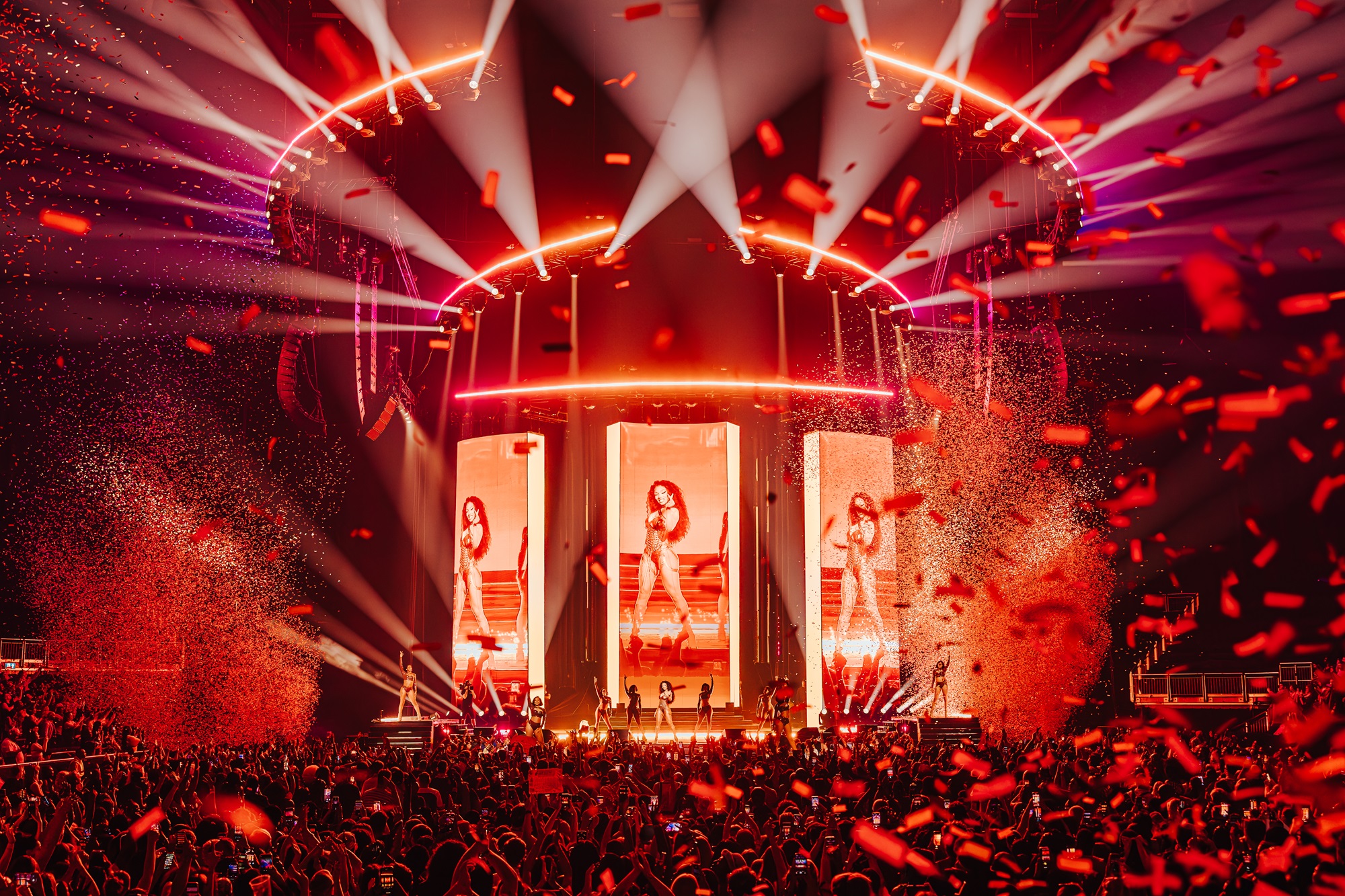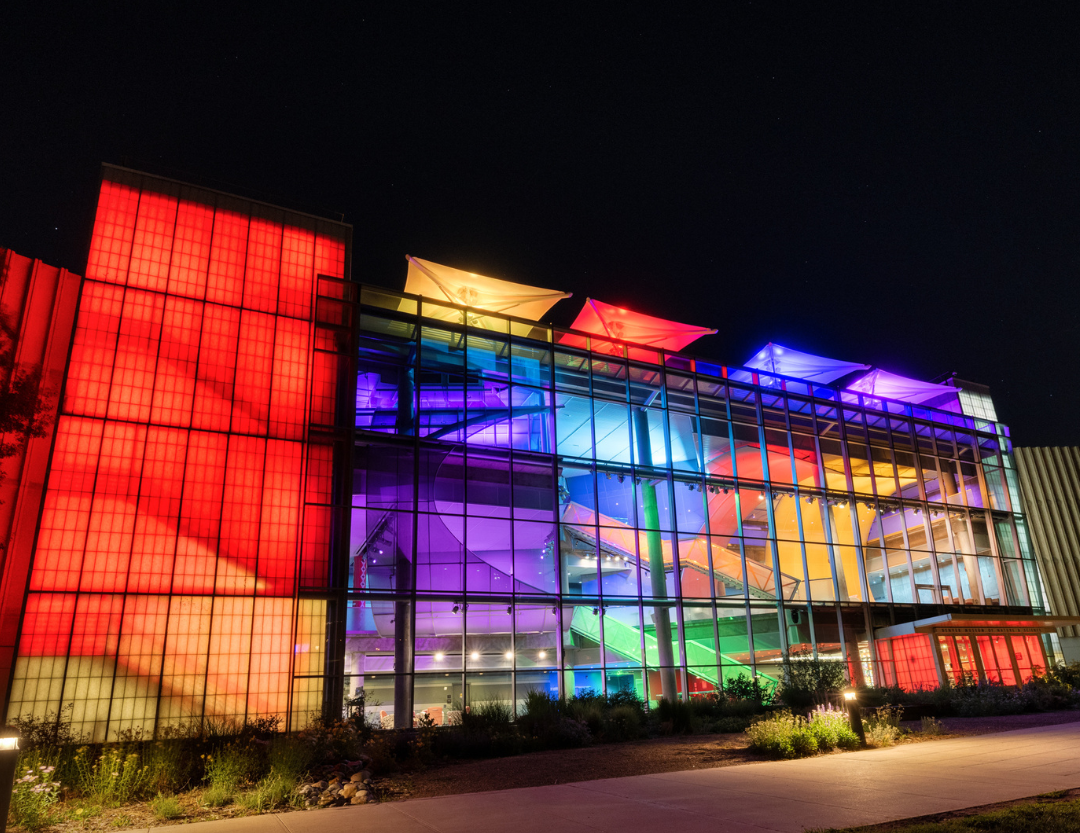NEW YORK — D3 LED, a digital display engineering and manufacturing company, got a tall order: Walgreens’ 325-foot tall wraparound LED sign at One Times Square, which is also home to the descending ball that accompanies the televised countdown to New Year’s Eve. To make sure the hundreds of thousands of daily passersby had something more coherent to look at than visual static, D3 LED is using Vista Systems’ Spyder console to control that valuable expanse of electronic real estate — 17,000 square feet in all. The Spyder also controls 13 five-foot-high HD plasma screens at street level, connecting the three big LED screens.
The LED façades are made up of 10,987 modules, each 15 inches square and containing 1,024 to 1,600 pixels. It takes 155 gigabytes of data to send one 30-second video advertisement to the wall.
“There are massive amounts of bits going all over the place,” said Meric Adriansen, managing partner, systems and engineering, D3 LED. “The Vista Spyder is right in the middle, shuffling this information around.”
The Walgreens signs are comprised of two large slash-shaped or diagonal wings on the east and west sides of the building. Each wing is divided into three sections and fed by five Vista Spyders. The wings stretch up the façade and past the well-known Dow Jones zipper in Times Square, which flashes the latest news.
The D3 LED team concentrates the highest-resolution LED elements where they can most easily be seen. The bottom section of the wall, for example, has 10mm LEDs. The middle section has 12mm LEDs and the top has 24mm LEDs. There are additional 6mm signs inside the three-level store. They are fed through two additional Vista Spyder systems.
“For graphics creation,” Adriansen said, “we drew a virtual rectangle around each slash and called it our ‘canvas.’ Because our common denominator is the highest resolution, we had to create the entire virtual canvas based on 10mm resolution.”
GilmoreGroup, a retail branding company, coordinates the visuals so it appears as if the whole building comes alive synchronously, and all the display elements are synchronized through advertisements ranging in duration from 15 to 60 seconds.
The total pixel resolution of each wing is over 10,000 high by 4,000 wide. Each Vista Spyders frame group will receive 2,048 x 1,536 DVI signals, output by a super high resolution 2,048 x 6,144 DVI player and composite the master image by sending it to the respective LED surfaces of the wing.
Adriansen said the Vista Spyder encourages creative flexibility. It is “the only device out there that allows you to do this kind of pixel manipulation in larger DVI spaces. It’s very versatile and works great. And with so many different ways to use it, we discover new stuff every day.”
For more information, please visit www.vistasystems.net.


